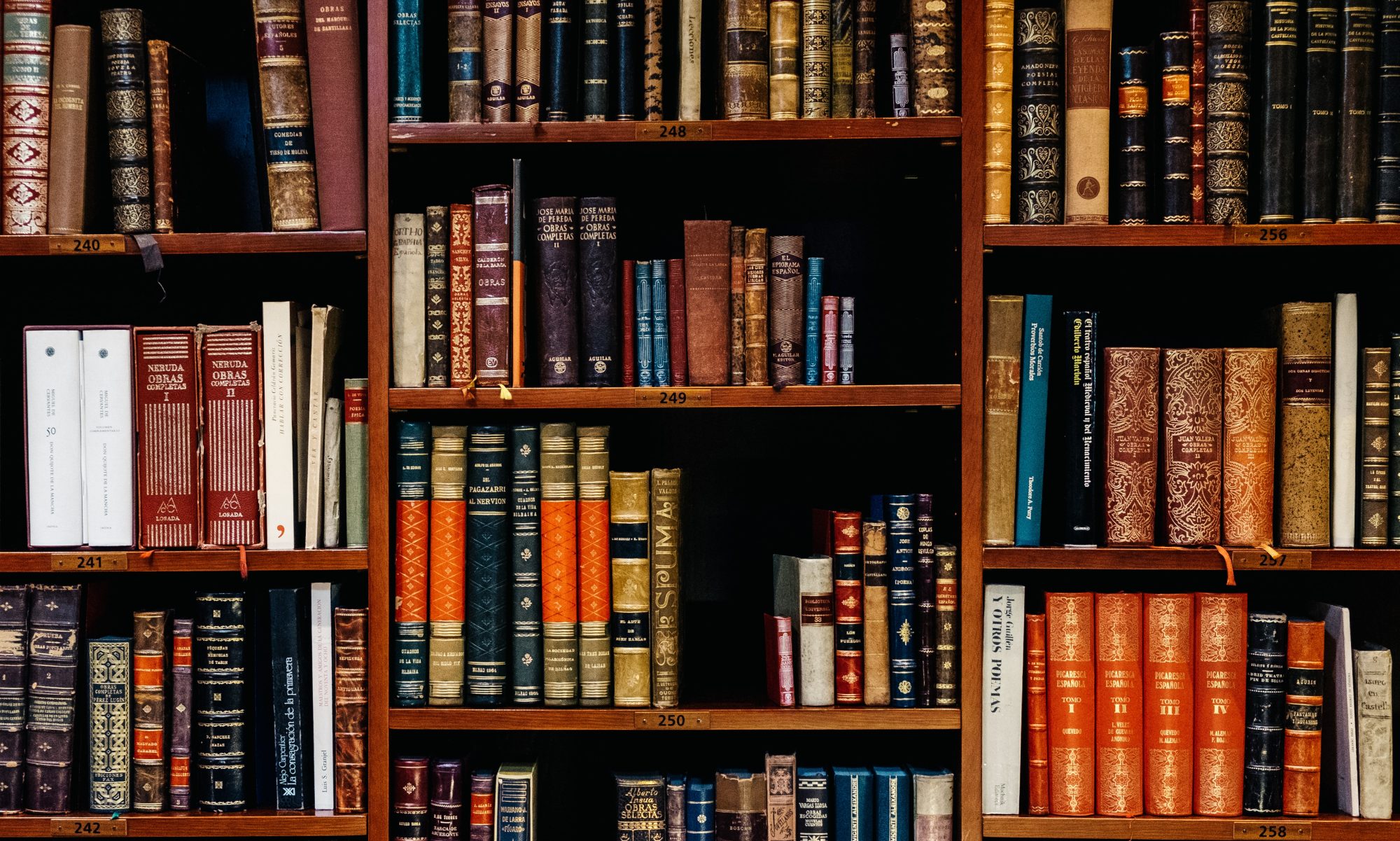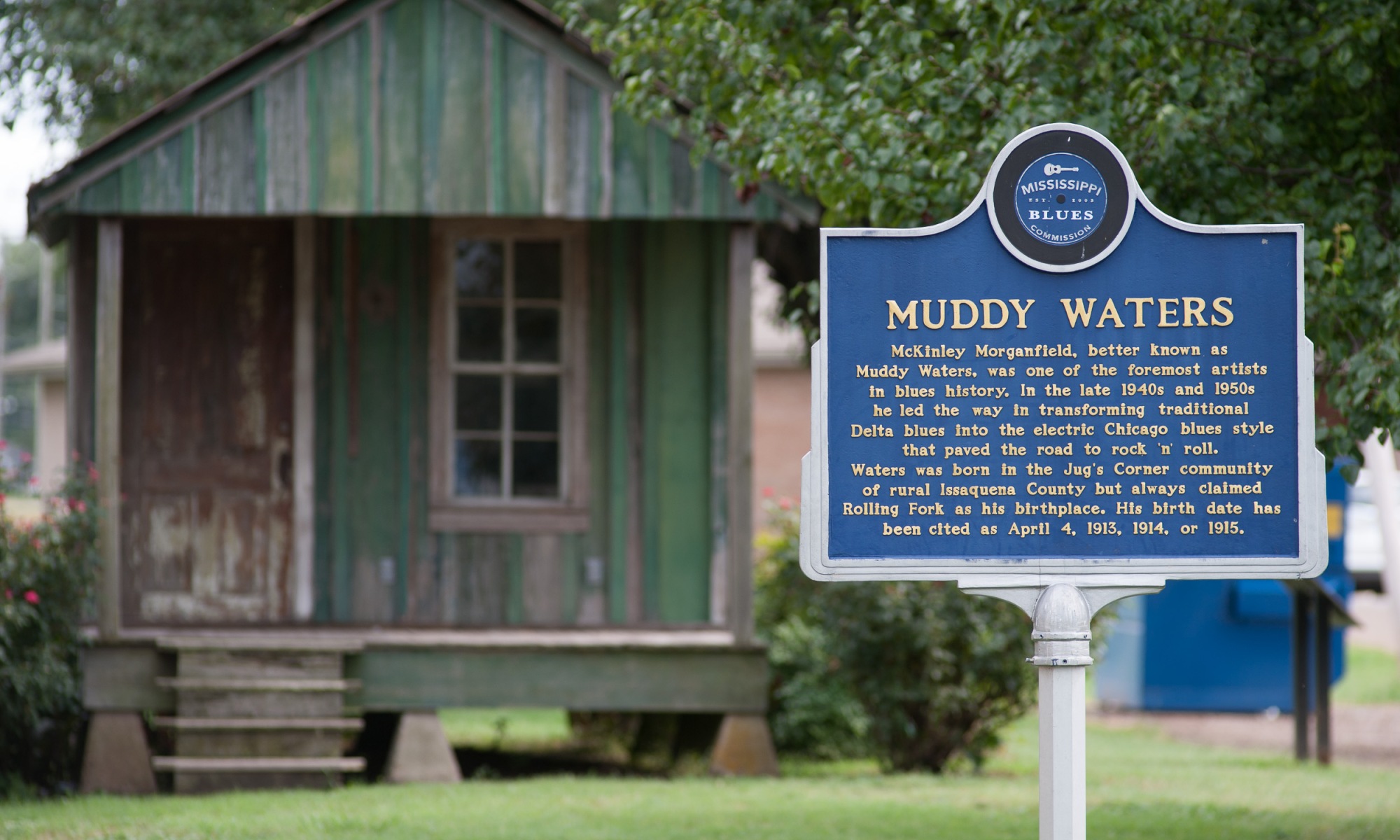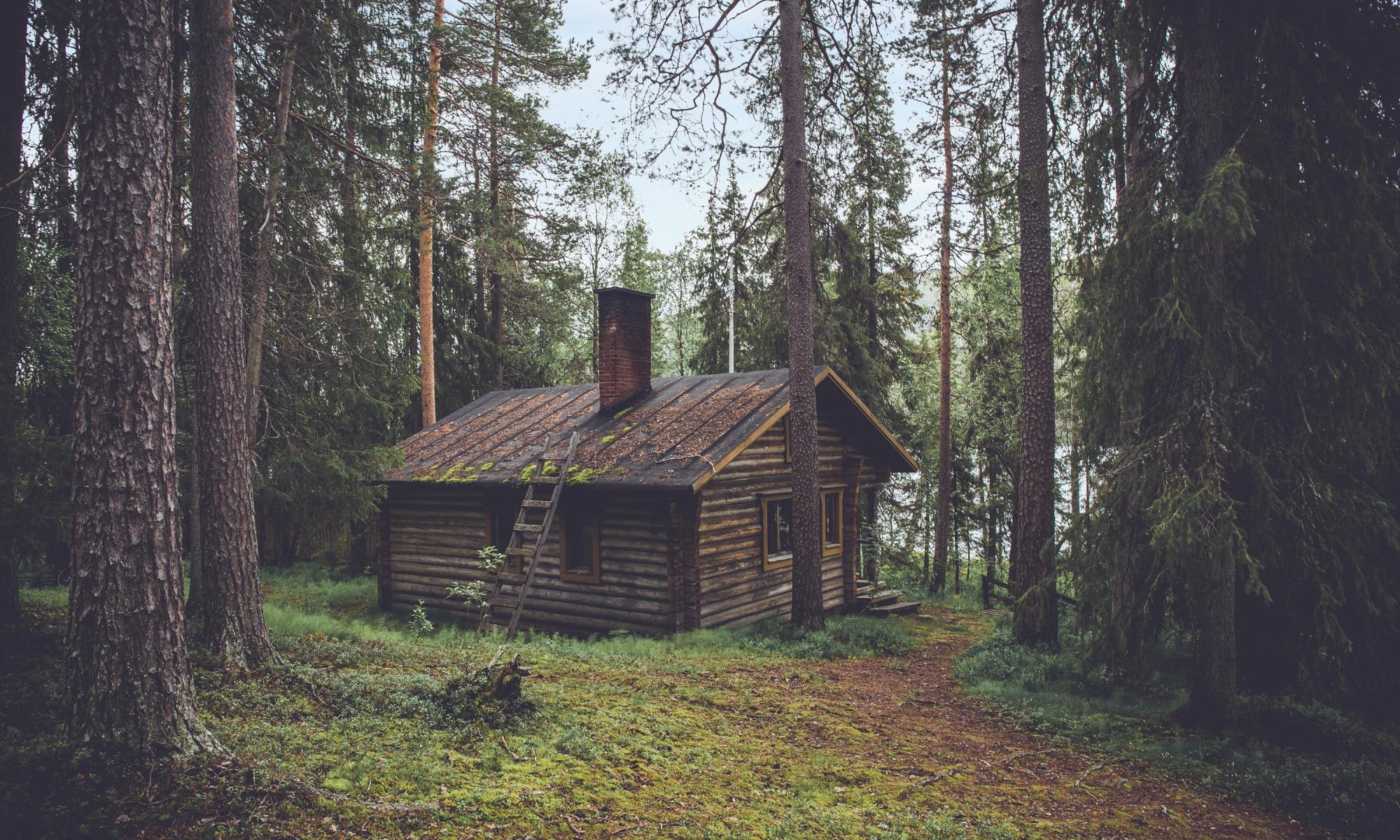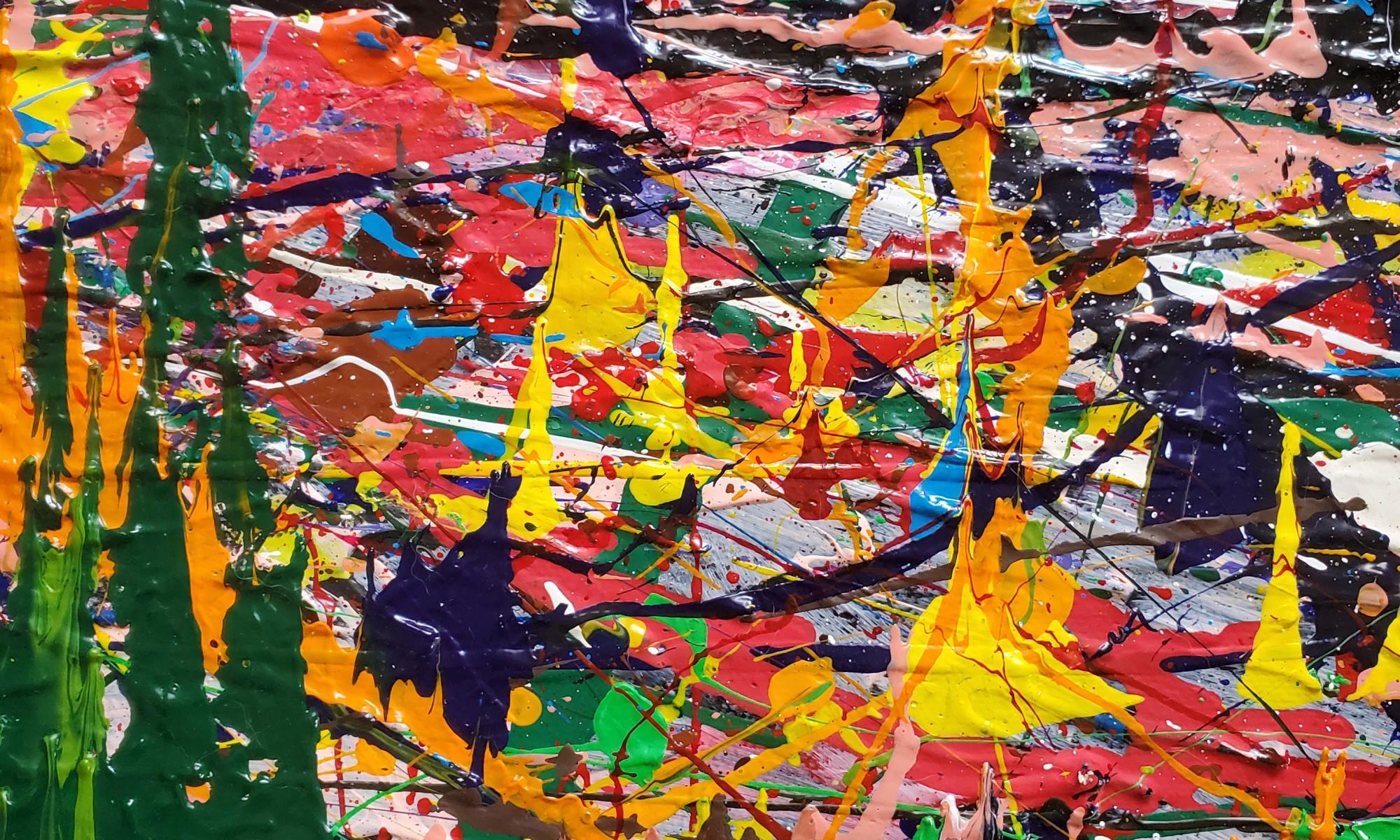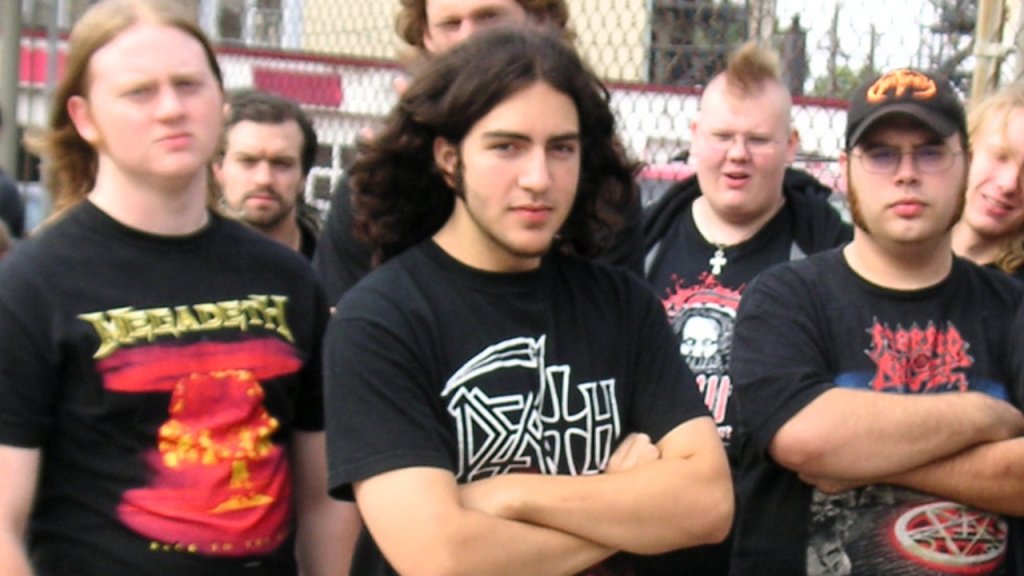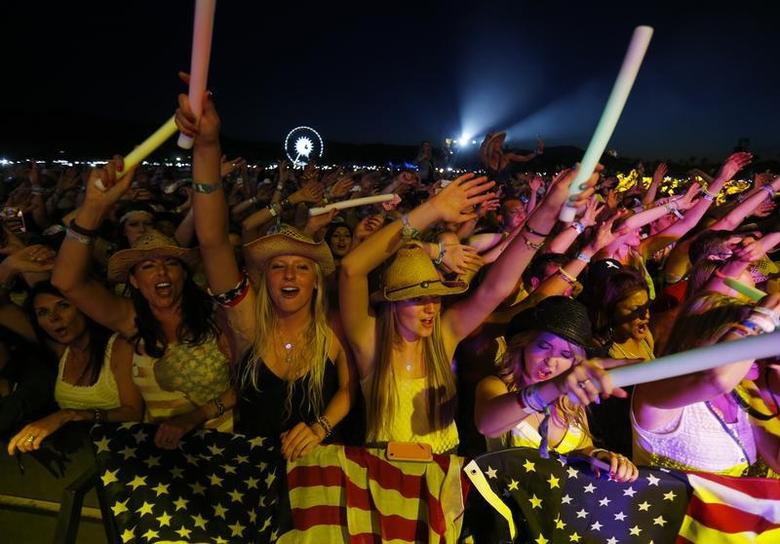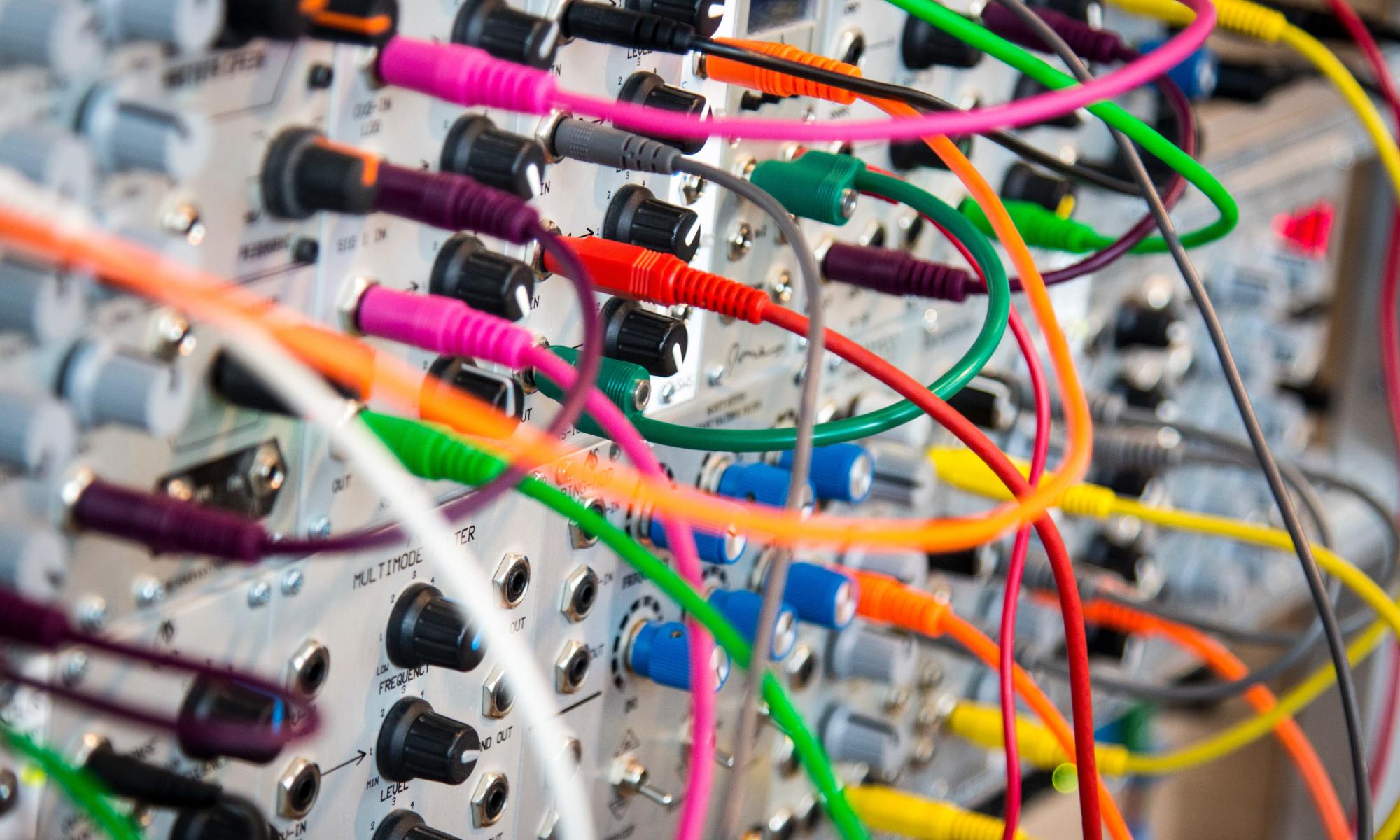Written by Dr. Charles R. Ciorba
To get the most out of ChatGPT, it is best to master the use of prompts. Doing so can really can make a difference
Starting a Chat
If you enter a basic prompt that is similar to something you enter using an internet search engine, you will get a simple response. If you make this mistake, you might become bored and frustrated. As a result, you could very well assume that you can do better using the internet. Basically, the rules for using key words in internet searches do not necessarily apply to ChatGPT.
According to Baker (2023), it is best if you use this form of AI differently. For example, you can actually assign ChatGPT an identity. Perhaps, several identities. You can also assign yourself an identity. Tell it to address an audience such as a (a) group of teachers, (b) group of fifth grade students, or (c) an angry parent. Set the stage correctly by giving it a command, asking a question, or telling it to behave in a specific manner. Ultimately, you are looking to receive a detailed and well-defined response.
Here is a direct quote from the Baker text (2023, p. 49).
- Who do you want ChatGPT to be?
- Where, when, and what is the situation or circumstance you want ChatGPT’s response framed within?
- Is the question you’re entering in the prompt the real question you want it to answer, or were you trying to ask something else?
- Is the command you’re prompting complete enough for ChatGPT to draw sufficient context to give you a fuller, more complete, and richly nuanced response?
- Is your prompt specific and detailed, or vague and meandering? Either way, Chat GPT will mirror it in its response.
I mentioned this in the last learning module, but when you are finished with a specific conversation, it is always best to close out the conversation before starting a new one. If you hold a long conversation that involves several topics, ChatGPT may get confused. If this happens, it might get offensive or start giving you wrong answers. I am not sure how this service can get offensive, but it may call you offensive names. I myself am not at a point where I want to intentionally make this happen.
Reviewing Your Chat History
On the left side of the ChatGPT screen, you will find a list of your most recent conversations. You can always return to earlier chats, which can be quite handy, but you only get so much storage. So, you can always delete individual chats and paste them into a word document. If you hit the “Clear Conversations” tab, you will delete your entire chat history. By doing so, your screen will be clean, but it does not delete the information from the open AI servers. As I mentioned in the previous learning module, be careful not to enter confidential information (passwords, finance information, etc.)
Understanding Prompt Engineering
The term prompt engineering refers to formulating all prompts in natural language. I am told there are prompt forums on this internet, so feel free to check them out. Here is one example: https://github.com/f/awesome-chatgpt-prompts.
Token Limits and Storage Issues
ChatGPT keeps a record of all of your prompts, yet it can only remember 3,000 words from a conversation (4,000 tokens). This may explain why ChatGPT can get confused if you bring up too many topics in one conversation. Prompts are broken down into tokens, which are otherwise known as “pieces of words” (p. 55). Here is another direct quote from the Baker text (2023, p. 56):
- 1 token equals about 4 characters.
- 100 tokens translates to about 75 words.
- Two sentences equal about 30 tokens.
- A typical paragraph is about 100 tokens.
- A 1500 word article totals around 2048 tokens
A single chat is limited to 4097 tokens. In addition, if your prompt is long, it will be cut off at 97 tokens. A Tokenizer Tool can be found at the following link: https://platform.openai.com/tokenizer. Please keep in mind that as ChatGP develops, these limits can change.
Thinking in Threads
All of us probably know that a string of messages is referred to as a thread. As such, it is best to write prompts as part of a thread as opposed to a single question. By thinking in threads, you can control the direction of the conversation. Be forewarned: instead of asking for clarification, ChatGP will start guessing.
Chaining Prompts, and Other Tips and Strategies (pp. 58-59)
Writing good prompts takes time.
This is where the true art lies when communicating with ChatGPT. It doesn’t get easier, but you will improve with time.
Define your goal.
Determine exactly what you want from your conversation. Craft your prompt to achieve your goal.
Be a storyteller.
Remember, you can give ChatGPT an identity. You can tell it to provide answers as a school administrator, a parent, or a musician. If you give it a sample of your own writing, it will do its best to mirror your writing style.
Any undertaking is acceptable.
Ask ChatGPT to check your student’s homework to find errors. Ask it to finish a thought or an exercise. This is where ChatGPT can make the life of a teacher easier.
Be specific.
Include as many details as possible when writing your prompts but be aware of your token limits.
Strategize
Tell ChatGPT about the audience you are dealing with. If you say you will be working with a group of elementary students, ChatGPT should be able to formulate the language to address that population.
Bonus links to improve your prompts.
https://github.com/f/awesome-chat.gpt-prompts
www.skool.com/chatgpt/promptgenerator?p=1e5ede93
https://github.com/yokoffing/ChatGPT-Prompts
Reference
Baker, P. (2023). ChatGPT for dummies. Wiley.
